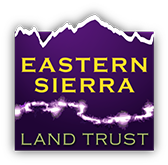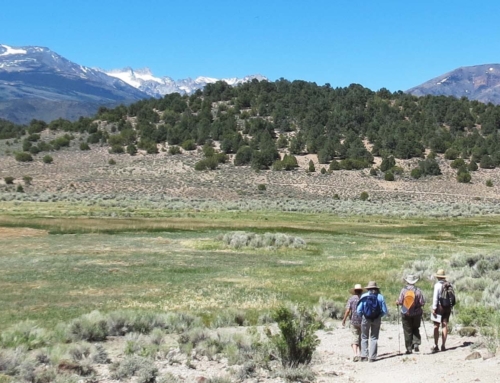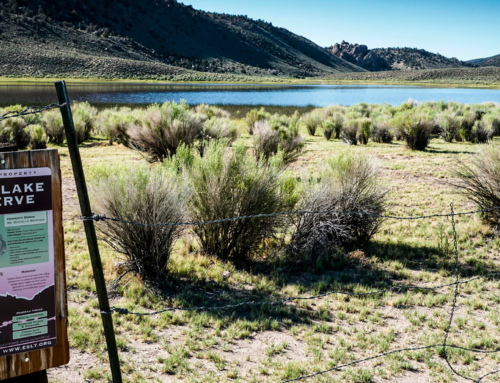Project Description
The Cedar Hills Conservation Project is open to the public. Please visit respectfully and follow Leave No Trace principles.
Located on public land owned by the Bureau of Land Management (BLM), this large, open expanse of land is known as Cedar Hills due to the abundance of Utah junipers. It is adjacent to the Bodie Hills, and provides stunning views over Mono Lake.
Mostly free of roads and other fragmentation, it provides good connectivity for wildlife on the move; species that can be found here include pronghorn, sage-grouse, mule deer, mountain lions, and many others.
In addition to its value to wildlife, Cedar Hills also has prehistoric significance. Native Americans used the land here in centuries past and left behind many artifacts. (Please note: if you ever discover artifacts on public lands such as Cedar Hills, leave them where they lay! It is illegal to disturb or remove them.)
This special conservation project represents a partnership between the BLM, the Wilderness Land Trust, Resources Legacy Fund Foundation, and Eastern Sierra Land Trust. Although BLM now owns the property, ESLT was deeded the subsurface mineral rights to ensure that mining will never take place on the land. Also, the deed restrictions that were placed on the property will make certain that important wildlife habitat on the property is maintained. As with our conservation easement properties, ESLT is responsible for monitoring this property annually to ensure compliance of these restrictions.







